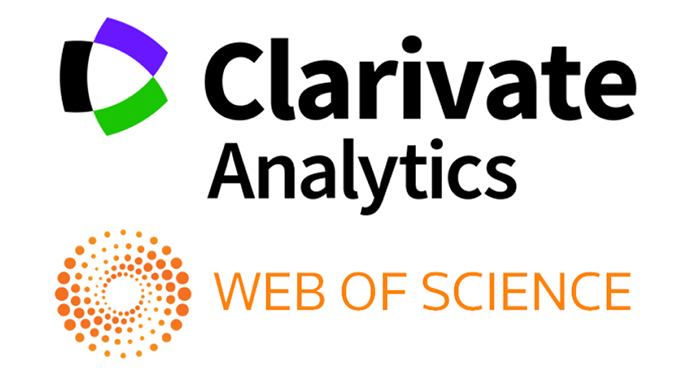OPTICAL AND PHOTOVOLTAIC PROPERTIES OF DONOR POLYMERS D18 AND D18-C6CH
Abstract
Organic solar cells (OSCs) are a type of alternative energy, and extensive research is underway in this field to address the global energy crisis. OSCs are considered superior to traditional silicon-based inorganic solar cells due to their lower cost, flexibility, lighter weight, and ability to be processed using solutions. In particular, OSCs based on non-fullerene polymers have shown promising results with good stability and efficient power conversion efficiency (PCE). This article investigates the optical and photovoltaic properties of non-fullerene D18:L8-Bo and D18-C6Ch:L8-Bo based OSCs.
References
2. Cheng P. et al. Next-generation organic photovoltaics based on non-fullerene acceptors //Nature Photonics. – 2018. – Т. 12. – №. 3. – С. 131-142.
3. Dresselhaus M. S., Dresselhaus G., Eklund P. C. Fullerenes //Journal of materials research. – 1993. – Т. 8. – №. 8. – С. 2054-2097.
4. Li D. et al. Fibrillization of Non‐Fullerene Acceptors Enables 19% Efficiency Pseudo‐Bulk Heterojunction Organic Solar Cells //Advanced Materials. – 2023. – Т. 35. – №. 6. – С. 2208211.
5. Yan C. et al. Non-fullerene acceptors for organic solar cells //Nature Reviews Materials. – 2018. – Т. 3. – №. 3. – С. 1-19.
6. Acquah, Steve FA, et al. “The beautiful molecule: 30 years of C60 and its derivatives.”ECS Journal of Solid State Science and Technology 6.6 (2017): M3155.
7. Hou J. et al. Organic solar cells based on non-fullerene acceptors //Nature materials. – 2018. – Т. 17. – №. 2. – С. 119-128.
8. Liu, Qishi, et al. “18% Efficiency organic solar cells.” Science Bulletin 65.4 (2020): 272-275.
9. Li Z. et al. Over 17% efficiency all-small-molecule organic solar cells based on an organic molecular donor employing a 2D side chain symmetry breaking strategy //Energy & Environmental Science. – 2022. – Т. 15. – №. 10. – С. 4338-4348.
10. Li Y. et al. A facile strategy for third-component selection in non-fullerene acceptor-based ternary organic solar cells //Energy & Environmental Science. – 2021. – Т. 14. – №. 9. – С. 5009-5016.
11. Fei Guo, Chuan, et al. “Metallic nanostructures for light trapping in energy- harvesting devices.” Light: Science & Applications 3.4 (2014): e161-e161.
12. Zhao, Fuwen, Chunru Wang, and Xiaowei Zhan. “Morphology control in organic solar cells.” Advanced Energy Materials 8.28 (2018): 1703147.
13. Cheng P. et al. Comparison of additive amount used in spin-coated and roll-coated organic solar cells //Journal of Materials Chemistry A. – 2014. – Т. 2. – №. 45. – С. 19542-19549.


.jpg)

1.png)







